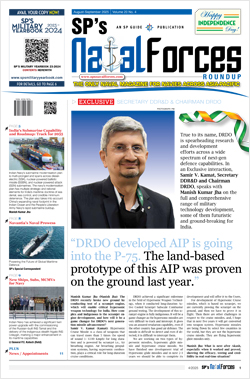INDIAN ARMED FORCES CHIEFS ON OUR RELENTLESS AND FOCUSED PUBLISHING EFFORTS
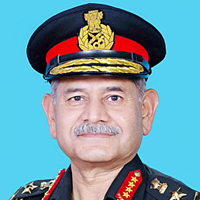
The insightful articles, inspiring narrations and analytical perspectives presented by the Editorial Team, establish an alluring connect with the reader. My compliments and best wishes to SP Guide Publications.

"Over the past 60 years, the growth of SP Guide Publications has mirrored the rising stature of Indian Navy. Its well-researched and informative magazines on Defence and Aerospace sector have served to shape an educated opinion of our military personnel, policy makers and the public alike. I wish SP's Publication team continued success, fair winds and following seas in all future endeavour!"

Since, its inception in 1964, SP Guide Publications has consistently demonstrated commitment to high-quality journalism in the aerospace and defence sectors, earning a well-deserved reputation as Asia's largest media house in this domain. I wish SP Guide Publications continued success in its pursuit of excellence.
Must Credit DRDO for Operation Sindoor, now what is next for defence R&D?
India is at the threshold and it needs to break into several higher grade of military platforms and systems. The only solution for achieving self-reliance in defence is the more than 10 per cent of R&D in defence budget with industry pitching under a strong policy mandate by the government.
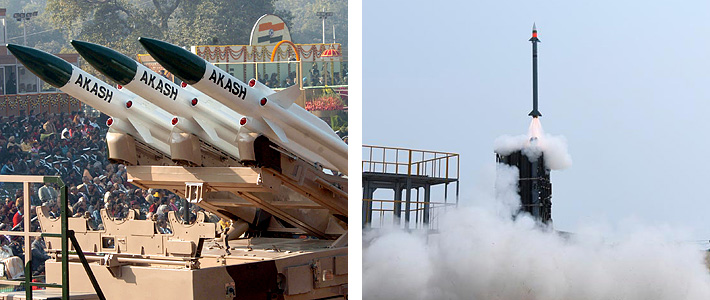
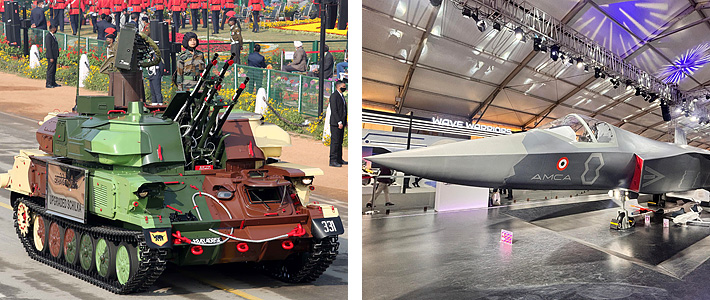
DRDO Chairman and Secretary R&D Samir Kamat got an extension till 2026 with the government putting immense faith in his leadership. A scientist par excellence, Dr Kamat remains the top choice for spearheading many leading programmes in DRDO and addressing the problem of 'project-delays'.
DRDO got its due credit with Operation Sindoor and the way DRDO's systems worked wonders with precision. As we analyse the efficacy of these air defence systems, many layers of weapons were used to neutralise the threats, including multi-layered AD sensors and weapons including point defence weapons (low level AD guns, MANPADS, Short range SAMs), area defence weapons (AD fighters, longer range SAMs) and counter UAS systems (both hard and soft kill systems).
DRDO got its due credit with Operation Sindoor and the way DRDO's systems worked wonders with precision.
Most notably, according to the DRDO, systems like 'Akash' Air Defence Systems, Medium Range Surface-to-Air Missile (MRSAM), 'Akashteer' Air Defence Control and Reporting System, proved to be precise.
Adding to this, is also DRDO upgraded and improved L-70, Zu-23 guns and Schilka weapon system. In fact, DRDO's high-power laser based counter UAV system D4 which saw the intense and limited war, proved its worth. Such results reflect the hard work of DRDO's scientists. On the offensive side, BrahMos with its formidable range, proved its lethal worth, penetrating deep inside the state of Pakistan.
What is also not much known is the DRDO's capability in space and cyberspace. The fact of the matter is that cyber defence falls under the charter of DRDO.
What is next for the DRDO?
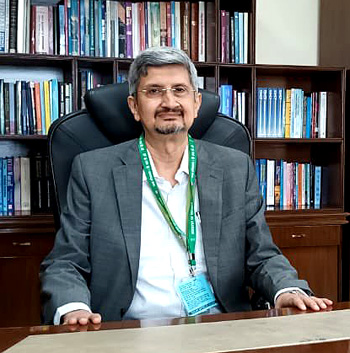
India is at the threshold and needs to break into several higher grade of military platforms. India's quest for the formidable fifth generation fighter Jet—AMCA-- will test Aeronautical Development Agency (ADA)'s capability.
On the matter of an indigenous jet engine, Kaveri still remains in the mind of aerospace expert and enthusiast alike. While the Kaveri-derivative is rapidly making progress for the unmanned aerial systems/drones, the ability to surpass this and have a higher thrust jet engine is never out of debate.
Can a higher thrust engine be a possibility by Gas Turbine Research Establishment (GTRE)? Secondly, the most important is the need for the advanced materials. The need for advanced materials is not only critical but essential for programme like AMCA and other aerostructures, including the jet engine. Can DRDO come up with advanced materials with Industry like MIDHANI?
On missile, a next gen hypersonic is within the DRDO's range, thanks to the legacy foundational work. Additionally, DRDO can break boundaries in electronic warfare (EW) arena.
India's quest for the formidable fifth generation fighter Jet—AMCA-- will test Aeronautical Development Agency (ADA)'s capability.
However, the biggest expectations are the next-gen radars. The DRDO's work on radar has already shown very promising upgrades and standards. DRDO's variants like Rajendra Radar for AKASH Surface-to-Air Missile (SAM), an advanced 3D phased-array radar system to Central Acquisition Radar (3D-CAR) (Ground, Aerial and Naval) to Swordfish Long Range Tracking Radar (LRTR) and 4D systems are some of the standard systems in this area. The expectation would be now much on AESA (Active Electronically Scanned Array) technology.
Fund R&D — DRDO
Samir Kamat strongly puts forth the need for 10 per cent of the defence budget in R&D, from the existing 5.5 per cent. The budgetary allocation to DRDO is ₹26,816.82 crore in FY 2025-26.
The idea of self-reliance will only work if India raises it R&D bar higher--in fact, higher than 10 per cent with industry pitching in--both private and Indian defence public sector. In a report on the performance of DRDO, the parliamentary standing committee on defence has already recommended that the current allocation of 5.38 per cent of the budget for research needs to be increased to 8-10 per cent. The Committee makes further recommendation that the budgetary grants of DRDO "should be suitably enhanced so that India could become a global leader in the field of armament and new tech weapon systems and DRDO also be able to make first-of-its-kind products."
Samir Kamat strongly puts forth the need for 10 per cent of the defence budget in R&D, from the existing 5.5 per cent.
Moreover, one of the key technology acceleration programmes --Technology Development Fund (TDF), which aims to foster innovation within the industry, the under the DRDO has seen fund crunch lately. Since January 2023, a total sum of ₹120 crore has been allocated where ₹43.89 crore has been disbursed as grant-in-aid to the industries under TDF Scheme for MSMEs and 20 start-ups till 2024.
Additionally, government has taken initiatives in establishing of the Anusandhan National Research Foundation (ANRF) with a budget of ₹50,000 crore for 2023-28 which will focus on basic research and prototype development. Further in the budgetary allocation for 2025-26, a sum of ₹20,000 crore was marked for private sector-driven R&D initiatives announced in the July 2024 budget. It will help fund Deep Tech to catalyse next-generation startups.
Despite the constraint, DRDO has come up with highly successful strategic and conventional systems some of them are proven in recent conflict.
However, the R&D revolution, if I could call this way, will not begin until the top leadership, including the office of the Prime Minister take upon themselves to drive policy for R&D in defence. Industry must invest a certain percentage of the order they receive; and academic labs must do some credible work then filing bogus patents. Lastly, the DRDO must get funds enough to fail and succeed if we wish to fight next war with our own fighter, submarines, and drones.
Despite concerns of delays and cost overruns with its projects, the DRDO is the only significant R&D entity in entire defence ecosystems with staggering scale of mandate for technology and equipment for land, naval and air force. Despite the constraint, DRDO has come up with highly successful strategic and conventional systems some of them are proven in recent conflict. There is no doubt that DRDO is at the core of India's military industrial ecosystems, now adding further to the growth of private sector.
Manish Kumar Jha is a Consulting & Contributing Editor for SP's Aviation, SP's Land Forces and SP's Naval Forces and a security expert. He writes on national security, military technology, strategic affairs & policies.





